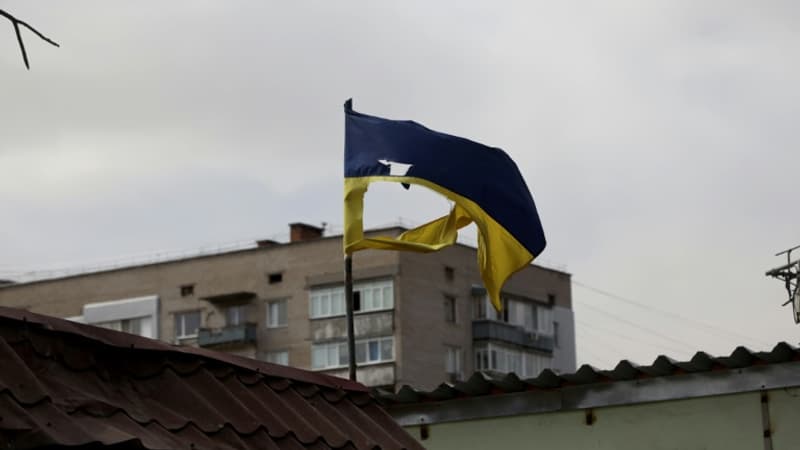While Russian attacks have intensified in recent months in Ukraine, and the European Union classifies the one that fell on Dnipro as a war crime, the investigation continues throughout the country to determine criminal responsibilities and bring the culprits before the International Criminal Court .
Particularly in the Kharkiv region, in the east of the country, where since the withdrawal of the Russians the authorities have continued to collect evidence of what they consider war crimes. Thus, the drones used by the Ukrainian army can approach destroyed buildings and pick up clues that are difficult to see with the naked eye.
“Drones help us”
“The drone allows us to visualize not only the crater caused by artillery, missile or shelling, but also allows us to detect shell fragments,” Vassyl, a drone pilot from the criminology unit, told BFMTV.
“Drones help us ensure the safety of investigators and prosecutors during investigations, because there are hard-to-reach or mined places,” says Igor Chub, head of the Kharkiv prosecutor’s office.
The elements collected in the field are incorporated directly into the prosecutor’s files. In the Izioum region, 10,000 procedures have been started in the region.
“We base ourselves on the hearings of witnesses, neighbors, we analyze the facts and we compare the information,” explains Dmytro Chubenko, spokesman for the general prosecutor’s office. “This evidence will be used to support our charges in an international court.”
In March, the UK will host a meeting of justice ministers to discuss ways to support the International Criminal Court’s investigation into alleged war crimes committed in Ukraine. The European Commission, for its part, is considering an international prosecutor’s office.
Source: BFM TV


